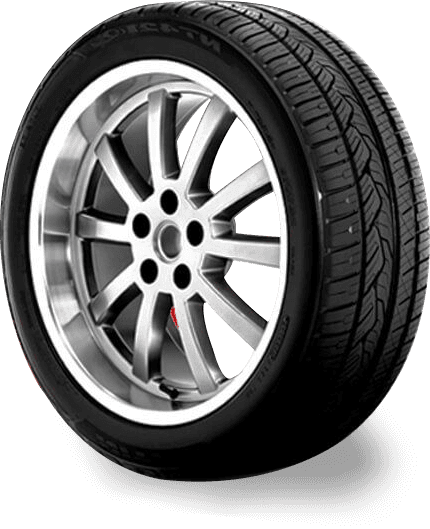
Dec . 04, 2024 09:21
Back to list
coalescing filter
Understanding Coalescing Filters Enhancing Efficiency in Fluid Dynamics
In various engineering and industrial applications, particularly those involving fluid dynamics, the coalescing filter plays a crucial role in maintaining system integrity and efficiency. This article delves into the function, structure, and benefits of coalescing filters, shedding light on why they are indispensable components in separating contaminants from fluids.
What is a Coalescing Filter?
A coalescing filter is a specialized device designed to separate liquids from gas or to remove particulate contaminants from liquids. The primary function of this filter is to coalesce smaller droplets of liquid into larger ones, which can then be more effectively removed from a gas stream or a fluid system. This process is essential in applications where the purity of the fluid is critical, such as in aviation fuel systems, oil and gas production, and various chemical processes.
How Does it Work?
The coalescing process occurs in several stages. Initially, the contaminated fluid enters the filter and passes through a porous media. The filter's design typically features fibers or other structures that promote droplet growth. As smaller liquid droplets collide with each other and adhere to the filter medium, they gradually coalesce into larger droplets, which can then separate more easily due to gravity or other means.
The efficiency of this process relies heavily on several factors, including the surface area of the filter media, the flow rate of the fluid, and the viscosity of the liquids involved. An ideal coalescing filter will maximize contact between droplets and the filter medium while minimizing resistance to the flow of the fluid.
Applications of Coalescing Filters
coalescing filter

The applications of coalescing filters span across multiple industries. In the aviation sector, for example, these filters are crucial in ensuring that aviation fuel is free of water and particulate contaminants before it reaches the engine. Water in fuel can lead to operational failures and significant safety risks. Similarly, in the oil and gas industry, coalescing filters are employed to extract water from crude oil, as excess water can lead to corrosion and decrease the quality of the oil.
Coalescing filters also find utility in the petrochemical industry, wastewater treatment, and hydraulic systems. By keeping these systems free from contaminants, coalescing filters not only enhance efficiency but also prolong the life of the equipment involved.
Benefits of Coalescing Filters
The advantages of coalescing filters are numerous. First and foremost, they significantly improve the quality of the processed fluids, which can lead to more reliable and efficient operations. In environments where contaminants can cause downtime or equipment failure, the use of coalescing filters minimizes these risks.
Moreover, by improving the separation of liquids and particulates, these filters can reduce maintenance costs. Clean fluids mean less wear and tear on pumps and other machinery, which translates to longer life and lower operational costs. Additionally, because they operate continuously and can handle varying flow rates, coalescing filters offer flexibility across different operational conditions.
Conclusion
In summary, coalescing filters are vital components in many industrial processes, helping to ensure fluid purity and system efficiency. Their ability to remove contaminants effectively makes them an indispensable part of fluid handling systems in various sectors. As industries continue to evolve and seek more efficient methods of operation, the role of coalescing filters will undoubtedly remain significant in ensuring the seamless flow of high-quality fluids in our increasingly complex technological landscape. Understanding their mechanism, applications, and benefits can help industries harness their potential effectively, leading to improved performance and reliability in operations.
Next:
Latest news
-
Safety Valve Spring-Loaded Design Overpressure ProtectionNewsJul.25,2025
-
Precision Voltage Regulator AC5 Accuracy Grade PerformanceNewsJul.25,2025
-
Natural Gas Pressure Regulating Skid Industrial Pipeline ApplicationsNewsJul.25,2025
-
Natural Gas Filter Stainless Steel Mesh Element DesignNewsJul.25,2025
-
Gas Pressure Regulator Valve Direct-Acting Spring-Loaded DesignNewsJul.25,2025
-
Decompression Equipment Multi-Stage Heat Exchange System DesignNewsJul.25,2025

